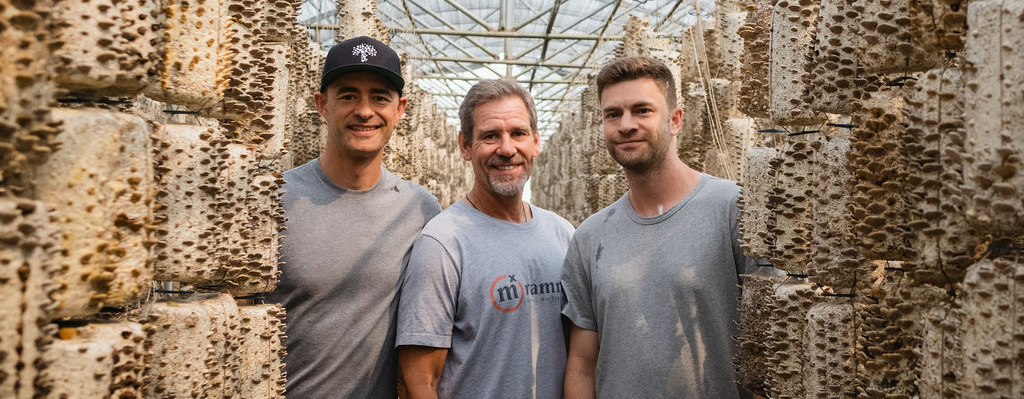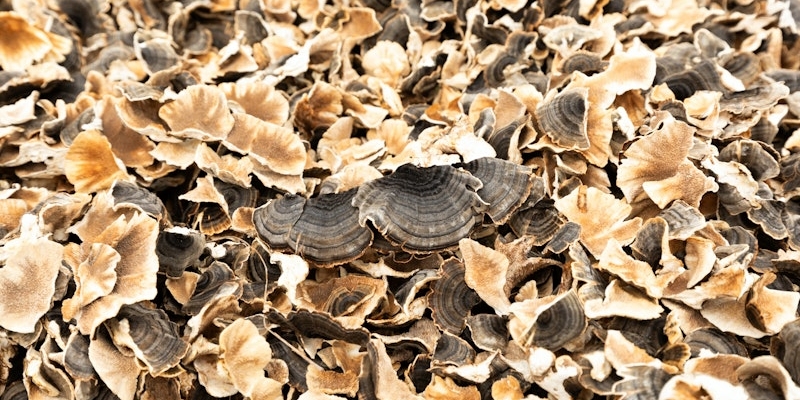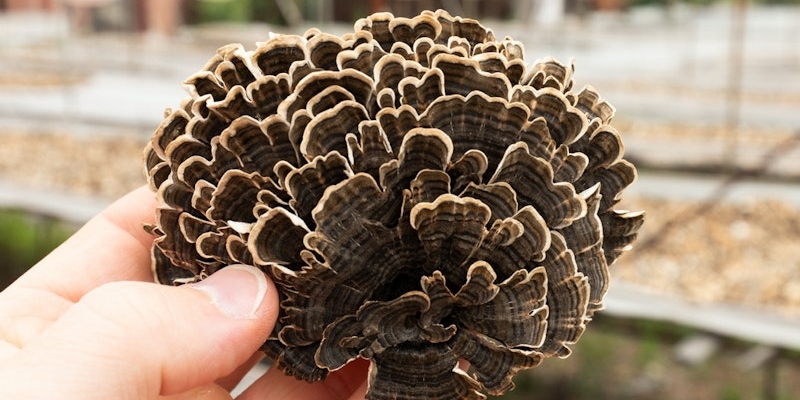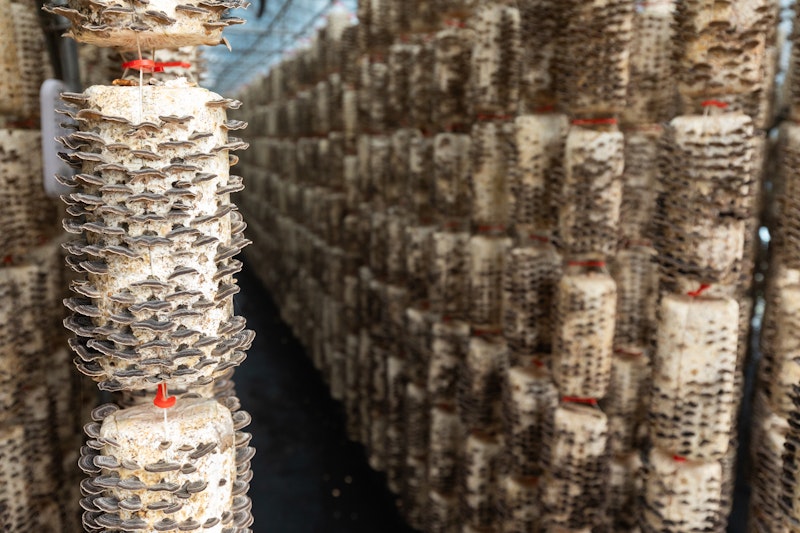China 2024: Turkey Tail Farm Visit
 One theme we observed throughout the course of our recent visit to our mushroom growers in China was the emphasis on educating people in different aspects of the mushroom industry, from research to cultivation. With the recent efforts to lift more citizens out of poverty, the business of researching and growing quality mushrooms is being highlighted as a path to a better life. Because of China’s long history of medicinal use of functional mushrooms and the deep knowledge developed over centuries, this path to prosperity has significant appeal to many people beyond the financial motivation.
One theme we observed throughout the course of our recent visit to our mushroom growers in China was the emphasis on educating people in different aspects of the mushroom industry, from research to cultivation. With the recent efforts to lift more citizens out of poverty, the business of researching and growing quality mushrooms is being highlighted as a path to a better life. Because of China’s long history of medicinal use of functional mushrooms and the deep knowledge developed over centuries, this path to prosperity has significant appeal to many people beyond the financial motivation.
On this trip, in addition to the Cordyceps inspections we told you about last month, we checked on the Turkey Tail (Trametes versicolor) farms. Nammex has been collaborating on scaling up cultivation of this specialty crop for the last six years, and we’re pleased with the progress. The region, largely forested by mixed hardwood and pine species, is technically remote yet has a local population of over 800,000 counting all the smaller outlying villages servicing agroforestry forest production.
We finally met, in person, our master grower and his daughter-in-law, who oversee each farm manager. At 80 years old, our master grower has been cultivating mushrooms of various kinds for over 60 years. He holds several patents for his work on both processing equipment and certain strain developments. Due to much of his training and teachings over decades, the local area now produces hundreds of millions of mushroom logs of various species every year.

Turkey Tail mushroom has been used traditionally for immunomodulatory effects. Nammex has pioneered the production of this species and is the only supplier to offer a cultivated, certified organic source of this mushroom extract. As more consumers learn of its benefits, we expect demand to, at minimum, double over the coming years, thus our program to ensure that supply tracks demand. We continue to be impressed by the yields and quality of the finished product. Seeing the pride shown by the farmers in the work being done was also quite encouraging.
The first farm we toured has an annual production of 25 tons of dry Turkey Tail. The second farm we visited was a bit smaller than the first, with 20 grow houses producing about 12 tons of mushrooms annually. The final, third farm was much smaller but was working on their efficiency with 10 grow houses dedicated to Turkey Tail. Overall, we are looking at about 60-80 tons of dried turkey tail mushrooms this year, over double last year’s output. Ideally, we would like to get to over 200 tons annually, which should be attainable in the next 2-3 years. Our master grower still believes there’s additional optimization in the growing conditions to increase yield and reduce waste.
All the mushrooms were solar dried on the farm prior to storage for shipping to our extraction facility. The Turkey Tail is grown on local birch sawdust fortified with wheat bran, another local byproduct. All of these farms also grow wood ear mushrooms, one of the most popular species in China for food consumption, as one of their primary sources of income. These are organically grown, and the farmers rely solely on proper sterile technique and natural climate conditions in order to grow the best mushrooms.
Every farm we visited demonstrated a commitment to good agricultural practices, but his attention to even the smallest detail most people would not notice clearly displayed his passion and reverence for mushroom growing.
One hotel we lodged in during this trip had an herbal shop with large chunks of local Chaga and other mushrooms for sale, mostly polypores. They also had locally harvested 10+ year old Panax ginseng C.A. Meyer roots, individually packaged in red satin to display the human shaped thick roots with well-preserved terminal ends at a thread’s width. It takes time and care to harvest a large tendrilled root in its whole form, like an archeological dig to preserve the integrity of the artifact. We see this depth of care for traditional medicines in China time and time again. This attention to detail and dedication to quality are why Nammex has partnered with growers in China since our founding in 1989.

